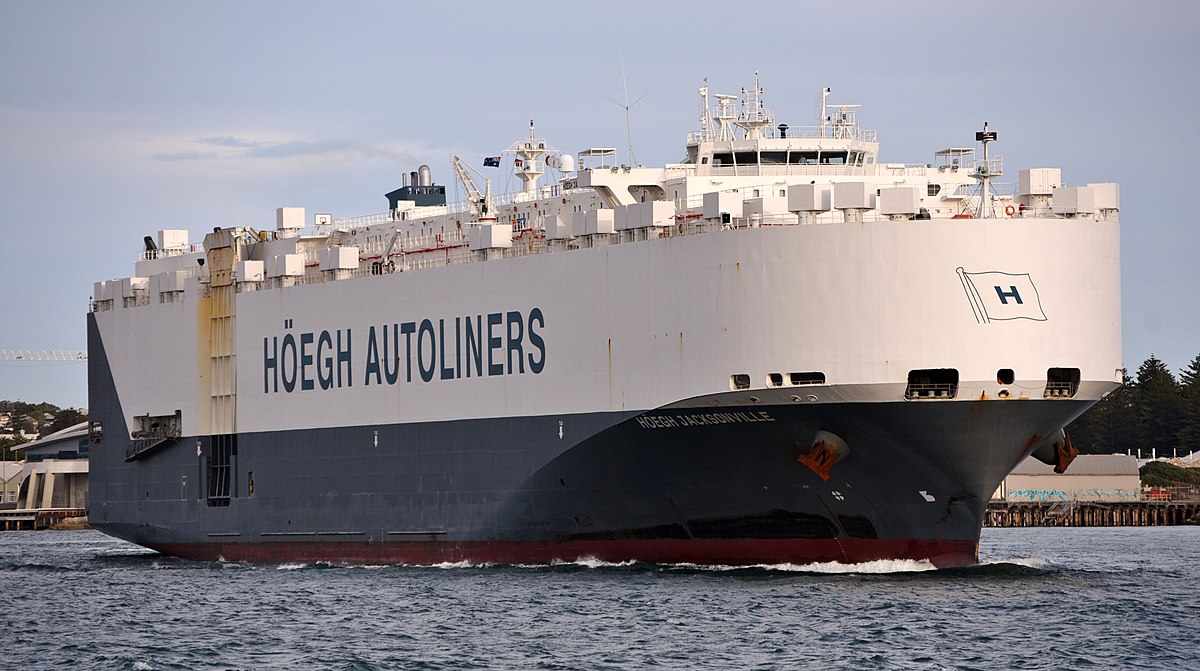Concept to get fuel into space cheaply.
Getting fuel into space without using fuel to into space is rather counter-productive to say the least.
When I was young I played with Space LEGO. One of the concepts that I built was a refueling station. The concept involved using a flimsy hose connected to the top of a rocket cone. The other end of the hose I connected an amber colored clear piece that was the connection point for the next hose.
In theory the first part of the hose would reach from LEO to the ground where the rocket capsule would descend to Earth with the hose attached to the top of it. Miles and miles of guide wires connected to a station that has tanks on it and separate of the ISS, don't tell me how much fun it would be to have the guide wires attached to the ISS while the rocket is descending would be though. As the rocket descended closer to the ground the station would start to take up the slack and eventually pull the hose to the station where it would be connected.
Another idea would be to use the precision of the Grasshopper to launch to various altitudes. Once at the determined altitude the Grasshopper would connect to the other hose using a probe and drogue set up that is similar to how military planes refuel in mid-air.
As the Grasshopper descends back to Earth the new hose section and drogue are deployed, connected to the one before it until the fuel line reaches Earth. Emergency disconnects would also have to be in place to provide an emergency disconnect in the event of an emergency.
The only problem is how to pump the fuel through the vacuum of space.
With such a system in place and rocket fuel able to be pumped to the station in orbit , carrier rockets would send new age ships into space that could be refueled allowing for colonization of the Moon to take place at a much faster pace as well as Martian colonization.
The Grasshopper has already proven that it can be controlled precisely while in flight and while landing so the real problem is the mechanics of the fuel line deployment and retention system, fuel station attitude correction for fuel line tug and near end of mission connections from the ground.
My concept worked with the LEGO's rather well to be honest so I don't see to many problems with making it reality.
There are many concepts used to retrieve ships from deep in the ocean. If those concepts are employed to create the first LEO fuel line into space, Lions and Tigers and Bears, Oh my.
Getting fuel into space without using fuel to into space is rather counter-productive to say the least.
When I was young I played with Space LEGO. One of the concepts that I built was a refueling station. The concept involved using a flimsy hose connected to the top of a rocket cone. The other end of the hose I connected an amber colored clear piece that was the connection point for the next hose.
In theory the first part of the hose would reach from LEO to the ground where the rocket capsule would descend to Earth with the hose attached to the top of it. Miles and miles of guide wires connected to a station that has tanks on it and separate of the ISS, don't tell me how much fun it would be to have the guide wires attached to the ISS while the rocket is descending would be though. As the rocket descended closer to the ground the station would start to take up the slack and eventually pull the hose to the station where it would be connected.
Another idea would be to use the precision of the Grasshopper to launch to various altitudes. Once at the determined altitude the Grasshopper would connect to the other hose using a probe and drogue set up that is similar to how military planes refuel in mid-air.
As the Grasshopper descends back to Earth the new hose section and drogue are deployed, connected to the one before it until the fuel line reaches Earth. Emergency disconnects would also have to be in place to provide an emergency disconnect in the event of an emergency.
The only problem is how to pump the fuel through the vacuum of space.
With such a system in place and rocket fuel able to be pumped to the station in orbit , carrier rockets would send new age ships into space that could be refueled allowing for colonization of the Moon to take place at a much faster pace as well as Martian colonization.
The Grasshopper has already proven that it can be controlled precisely while in flight and while landing so the real problem is the mechanics of the fuel line deployment and retention system, fuel station attitude correction for fuel line tug and near end of mission connections from the ground.
My concept worked with the LEGO's rather well to be honest so I don't see to many problems with making it reality.
There are many concepts used to retrieve ships from deep in the ocean. If those concepts are employed to create the first LEO fuel line into space, Lions and Tigers and Bears, Oh my.




